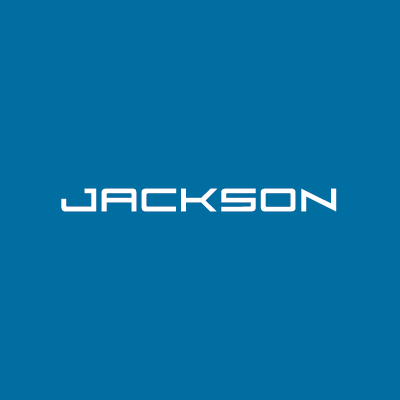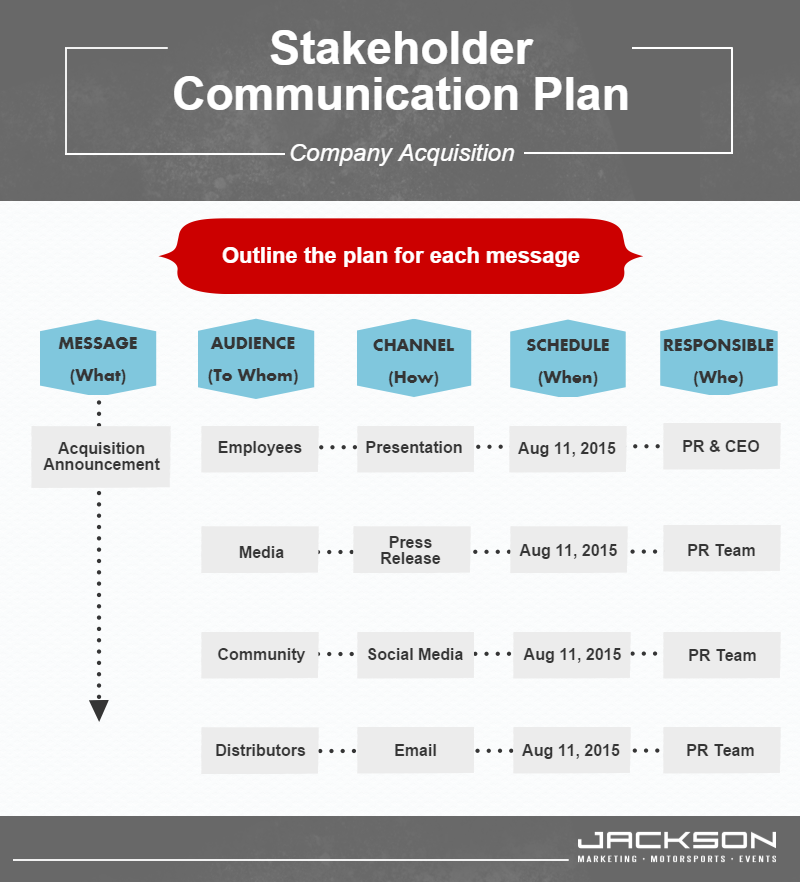If you happened to have stumbled across this blog post and haven’t read Your Stakeholder Communication Needs Work (Part 1), I will quickly summarize. In Part 1, we defined who our stakeholders are, asked leaders to find stakeholders’ top priorities and concerns, and developed a framework that lists stakeholders’ priorities, concerns/fears, level of commitment and level of resistance to change. Once those steps are complete, we are ready to move on to Step 4—Develop the Communication Plan and Step 5—Craft the Message.
How to Successfully Communicate Upcoming Change
Manufacturers often face big changes, from implementing new company-wide programs to moving headquarters or engaging in major acquisitions. They also deal with minor changes on a regular basis—like yearly insurance changes, policy changes and workflow changes.
How leadership handles the communication of these changes will determine the success of implementation and even stakeholders’ acceptance of the changes. After fully analyzing the stakeholders and trying to understand their needs from every angle, the next step is to build a communication plan.
4. Develop the communication plan
Here are specific questions to help build a communication plan. This applies to each announcement, monthly report or memo that is delivered to stakeholders. But for now, our topic focuses on communicating important organizational changes.
- What are the overall communication objectives?
- What specifically does the organization need to achieve with each stakeholder group?
- How much do we want to share with each stakeholder group?
- How much educational background can we provide? If we don’t have it, what do we need to do to create it?
- When or how often do stakeholders need to receive communication?
- Which channels or delivery methods are best to use for communicating to each stakeholder (e.g., formal presentation from CEO, press release, social media, community days, web meeting, internal memo, blog posts)?
- Who is responsible for delivering this communication?
These basic questions build the who, what, where, when and how. The following chart will help graph how one might answer the questions above.
One final, shameless plug for who handles the communication. While the responsibility is often left to Human Relations (HR), the natural arbiter and perhaps better choice is Public Relations (PR). HR understands the people and the data, but PR understands the whole brand and corporate communication plan. The HR and PR teams work together to craft the message while PR is pivotal in delivering the message.
5. Craft an authentic, persuasive message
Now is the time to answer the question, what to share? When writing or presenting a compelling argument for upcoming change, one must define his/her goals, brainstorm what is good about the change/what value it has for the stakeholders, and finally, focus on disputing stakeholders’ fears.
By way of example, a manufacturing plant that is implementing a new corporate sustainability program would develop their message with language normally used among that stakeholder group and include stories of those who will benefit from the program.
- Financial stakeholders: include risk/opportunity assessments and cost benefits
- Customers: include strength of your culture, how sustainability improves quality of products
- Partners: build on the foundation of trustworthiness of the company and care for the future
- Employees: build on how they are a part of the culture and how sustainability will better society, include human interest stories that celebrate volunteerism and personal commitment
As a reminder, basic principles of communication and change management apply to stakeholder communication.
Basic communication principles would stress that stakeholder groups should receive their own message uniquely tailored to their needs and that message should be delivered using channels they are already familiar with (i.e., financial analysis for the finance committee, press release for the media and webcast for remote employees). And remember, successful communication means two-way communication, complete with feedback.
However, communication (to stakeholders, as our discussion has focused on) is just one factor in a larger discipline called change management. Research, including the multiple-industry study from Right Management mentioned at the beginning of this article, has shown that effective change management directly affects employee engagement and key financial and business metrics.
Change management is one of the most pressing issues facing today’s corporate leaders and communication professionals. And without communication, a leader cannot effectively manage change.
In summary, the best way to communicate upcoming change to stakeholders is to know their needs and concerns, build a communication plan and craft the meaningful messages tailored to each of them.









